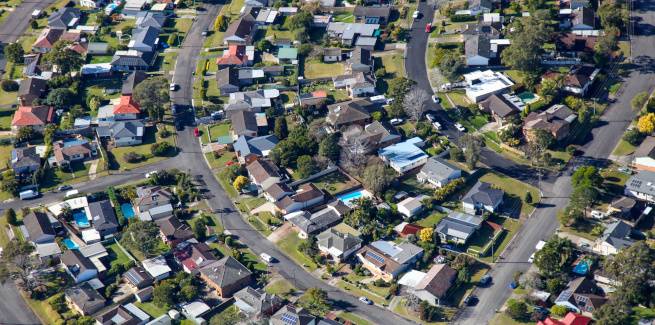Data from NSW Land Registry Services has shown that total mortgage volumes registered against NSW residential titles slowed by 1.8 per cent in March 2022, compared to March 2021.
Moreover, the data shows that new mortgage volumes in NSW were down 6.7 per cent in March 2022 year-on-year.
This was the first fall in newly originated mortgage volumes after record highs in 2021.
It comes following a softening in property sales in NSW, most notably in Sydney.
Major banks saw the worst downturn in mortgage business, down 12.1 per cent year-on-year overall, and 8.5 per cent down when it came to new mortgages.
Non-banks, however, gained 7.5 per cent more in new NSW mortgages than they did in the same period the year before.
The refinancing market remained strong in March 2022, up 6 per cent on March 2021 figures.
The land registry stats showed that foreign banks had been particularly successful in winning mortgage business, with refinance volumes up 115 per cent year-on-year, recording a net positive position of 481 refinances won in March 2022.
Domestic major banks were the only sector to record a net refinance loss of 2,218 mortgages.
Other domestic banks were up 47 per cent on refinance volumes year-on-year, recording a net positive position of 1,365 refinances won in March 2022.
Speaking of the figures, the head of analytics and insights at NSW Land Registry Services, Jerry Goldfried, said the figures showed that sales turnover in NSW is softening after record highs in 2021.
“We expect the trend to continue of major banks losing market share across newly originated mortgages and refinancing, while other domestic banks, foreign-ADIs and non-ADIs continue to grow their share of the NSW residential mortgage market,” Mr Goldfried said.
The fall in property sales and values in NSW comes as some borrowers find themselves priced out of a very expensive market after prices rose rapidly in 2021 – particularly in the capital of Sydney, which marked its steepest annual growth last year – and a rising interest rate environment.
According to the latest ANZ CoreLogic Housing Affordability Report, borrowers would have needed to use 41.4 per cent of their gross annual household income to meet new mortgage repayments in March; the third consecutive increase at the national level.
Moreover, the report found that the median measure of years taken to save a 20 per cent deposit has risen by 2.2 years since the COVID-19 pandemic took hold in Australia in March 2020, now sitting at 11.4 years nationally and at a record high of 14.1 years for Sydneysiders.
[Related: 41.4% of income needed to service mortgage, finds report]
 ;
;
Comments (0)